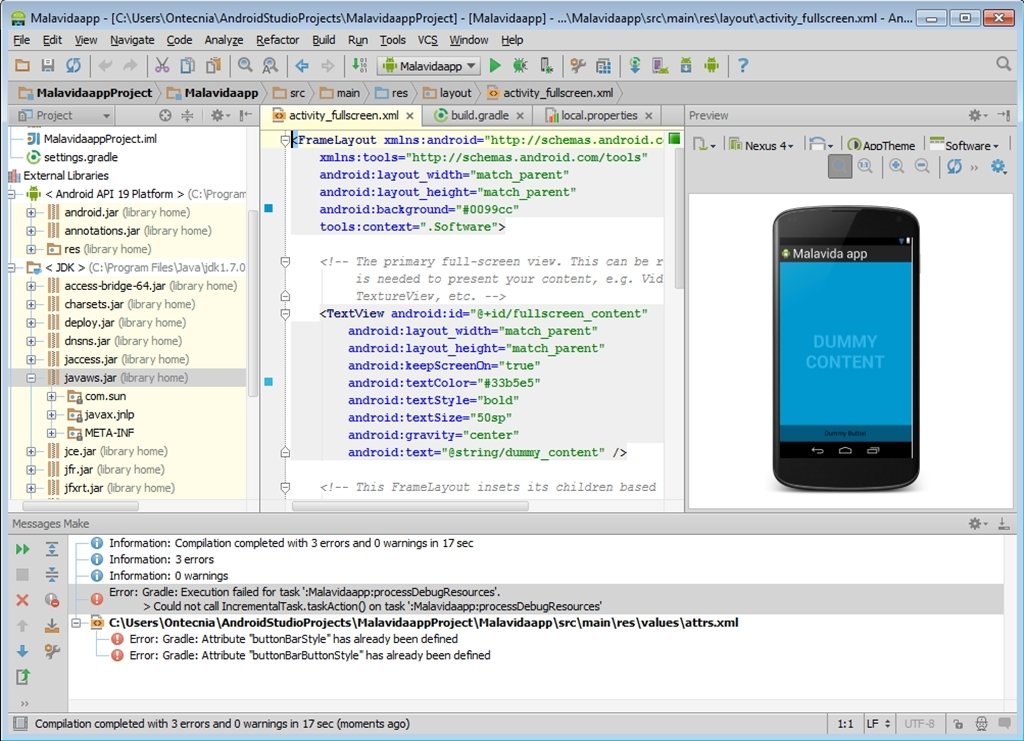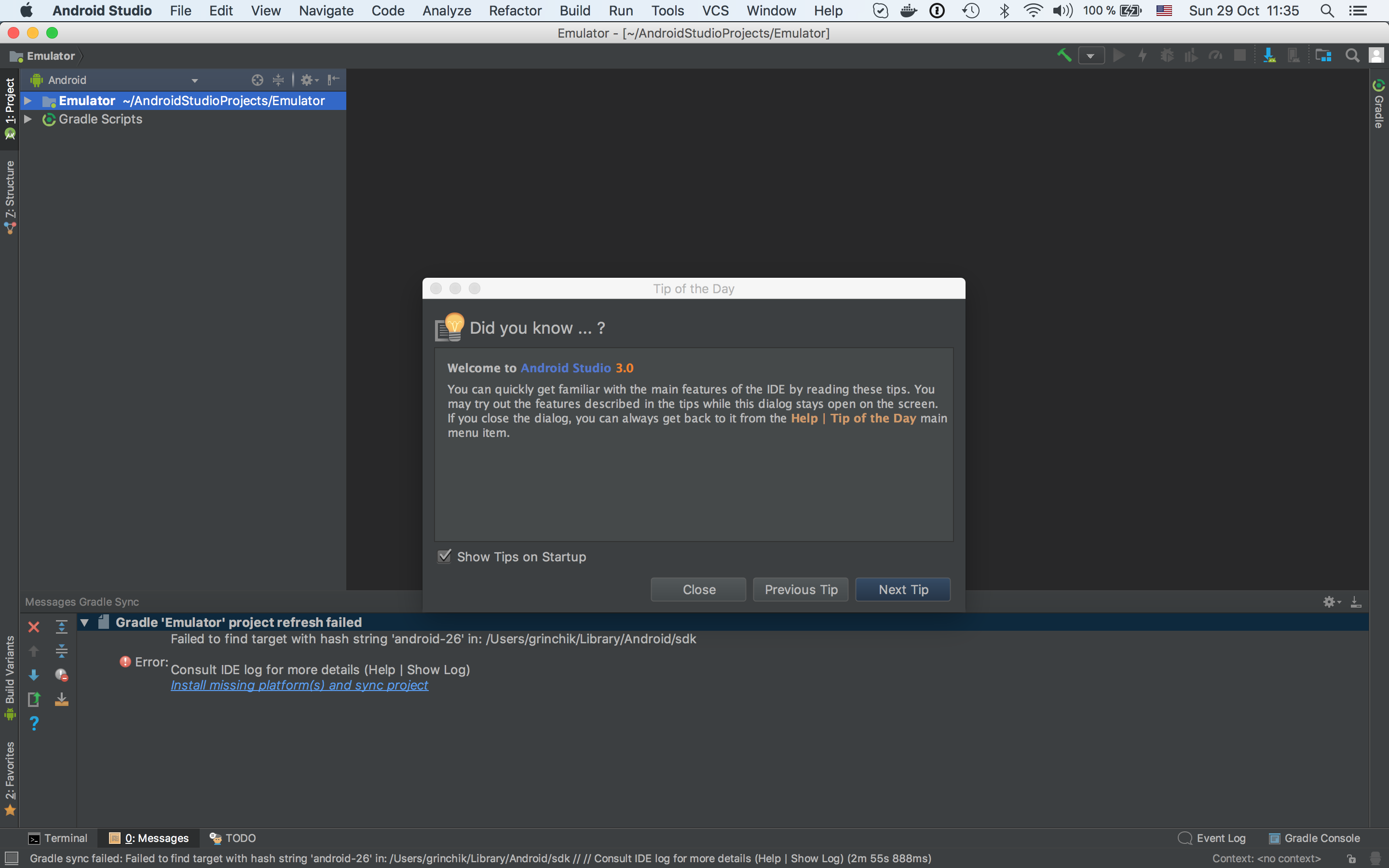- Android Studio Download For Mac Sierra Mac
- Android Studio Download For Mac Sierra 10.12
- Android Studio Download For Mac Sierra Download
- Sierra Update For Mac
- Download Android Studio 4
- Android Studio Mac Os
It’s time to install the Android emulator on my laptop, so that i don’t have to check my phone every-time. For this we have to install Android Studio 3+ first, so head over to this link or google it and download. It is 724 MB for mac, so will take sometime to download. Once the dmg file is downloaded, you will get the below. Mac os x 10 6 8 free download - Mac OS X Server Update, Apple Java for OS X 10.6, Mac OS X Update, and many more programs. Android Studio download archives. This page provides an archive of Android Studio releases. However, we recommend that you download the latest stable version or the latest preview version. Twitter Follow @AndroidDev on Twitter. YouTube Check out Android Developers on YouTube. On a Mac, try BlueStacks, or you can download and run Android on your computer and Windows only. If you are looking for ultra-lightweight robot simulation, try this emulator for the browser Chrome. Get up and running with Android Studio We must first download and install the Android Studio, a package consisting of: Android Studio IDE. The biggest change to the foundations of Android to date: a modular architecture that makes it easier and faster for hardware makers to deliver Android updates. TextView autosizing Developers can now let the size of their text expand or contract automatically based on the size and characteristics of the TextView, making it much easier to.

Technical docs > Configuring Android Studio: IDE & VM Options, JDK, etc > Mac OSX JDK Selection
|
The purpose of this section is to guide you to install in your development environment all the dependencies for Android development.
The fastest way is to download and install Android Studio.
Latest current version for Android Studio is available at: https://developer.android.com/studio/index.html
Select the Installer Icon:
To install Android Studio on your Mac, proceed as follows:
- Launch the Android Studio DMG file.
- Drag and drop Android Studio into the Applications folder, then launch Android Studio.
- Select whether you want to import previous Android Studio settings, then click OK.
- The Android Studio Setup Wizard guides you though the rest of the setup, which includes downloading Android SDK components that are required for development.
Click the Next button.
Select a Standard installation and click Next.
On the Verify Settings window, click Finish.
Once installed, you get the Welcome to Android Studio window :
Click on the Configure Button and select SDK Manager:
In the left pane select Android SDK. On the right pane, select the SDK Platforms Tab and select the SDKs for API level 22 up to 24.

Click the OK button to download and install these Android SDKs.
After accepting the licence you should see the following screen:
Android Studio Download For Mac Sierra Mac
Wait until all components are installed.
Setup the ANDROID_HOME system variable
Open the SDK Manager and make a copy of the Android SDK Location :
Open the Terminal app and type the following command:
To check the ANDROID_HOME is correctly setup type the following commands:
You should see the following result:
Persist the ANDROID_HOME system variable for the current user
The ANDROID_HOME system variable must be persisted when you leave and resstart a new Terminal Window.
Android Studio Download For Mac Sierra 10.12
One way to do this is to create or update a .profile file in the user's home directory. This file should contain all the commands that should be executed before the Terminal Window session starts.
Android Studio Download For Mac Sierra Download
Open the Terminal app and type the following commands:
Sierra Update For Mac
In the Text Editor, add the following line
You should have a screen similar to the following screenshot:
Download Android Studio 4
To save the .profile file, type CTRL + X, then type Y followed by the ENTER key.
Once done, quit the Terminal window, reopen a new one and type the following command to check if the system variable has been persisted:
You should have a non empty response.
Android Studio Mac Os
References
